- Clone
- KPL-1 (See other available formats)
- Regulatory Status
- RUO
- Other Names
- PSGL-1, p-selectin glycoprotein ligand-1
- Isotype
- Mouse IgG1, κ
- Ave. Rating
- Submit a Review
- Product Citations
- publications
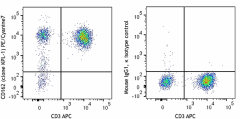
-

Human peripheral blood lymphocytes were stained with CD3 APC and CD162 (clone KPL-1) PE/Cyanine7 (left) or Mouse IgG1, κ PE/Cyanine7 isotype control (right).
| Cat # | Size | Price | Quantity Check Availability | Save | ||
|---|---|---|---|---|---|---|
| 328815 | 25 tests | £105 | ||||
| 328816 | 100 tests | £221 | ||||
CD162, also known as p-selectin glycoprotein ligand-1 (PSGL-1), is a 120 - 220 kD, mucin-like type I transmembrane glycoprotein. CD162 binds to CD62P (P-Selectin), CD62E (E-Selectin) and CD62L (L-Selectin). The interactions between P-selectin and P-selectin glycoprotein ligand-1 (PSGL-1) mediate the earliest "rolling" of leukocytes on the lumenal surface of activated endothelium, and the interaction between leukocytes and activated platelets or other leukocytes found at sites of inflammation. CD162 is expressed on neutrophils, monocytes, and most lymphocytes including NK and T cells but PSGL-1 stains B cells at significantly lower levels than other cell types.
Product DetailsProduct Details
- Verified Reactivity
- Human, Cynomolgus, Rhesus
- Reported Reactivity
- African Green, Baboon
- Antibody Type
- Monoclonal
- Host Species
- Mouse
- Immunogen
- PSGL-1 transfected murine 300.19 pre B-cell line
- Formulation
- Phosphate-buffered solution, pH 7.2, containing 0.09% sodium azide and BSA (origin USA)
- Preparation
- The antibody was purified by affinity chromatography and conjugated with PE/Cyanine7 under optimal conditions.
- Concentration
- Lot-specific (to obtain lot-specific concentration and expiration, please enter the lot number in our Certificate of Analysis online tool.)
- Storage & Handling
- The antibody solution should be stored undiluted between 2°C and 8°C, and protected from prolonged exposure to light. Do not freeze.
- Application
-
FC - Quality tested
- Recommended Usage
-
Each lot of this antibody is quality control tested by immunofluorescent staining with flow cytometric analysis. For flow cytometric staining, the suggested use of this reagent is 5 µl per million cells in 100 µl staining volume or 5 µl per 100 µl of whole blood.
- Excitation Laser
-
Blue Laser (488 nm)
- Application Notes
-
Clone KPL-1 is reported to recognize the tyrosine sulfation consensus motif of PSGL-11. Additional reported applications (for the relevant formats) include: Western Blot1, immunoprecipitation2, immunohistochemical staining of acetone-fixed frozen tissue sections and formalin-fixed paraffin embedded tissue sections1, blocks the recognition of PSGL-1 with P- and L-selectin1.
-
Application References
(PubMed link indicates BioLegend citation) - Product Citations
-
- RRID
-
AB_2810496 (BioLegend Cat. No. 328815)
AB_2810496 (BioLegend Cat. No. 328816)
Antigen Details
- Distribution
-
Neutrophils, monocytes, and most lymphocytes
- Function
- Mediates the earliest "rolling" of leukocytes on the lumenal surface of activated endothelium, and the interaction between leukocytes and activated platelets or other leukocytes found at sites of inflammation.
- Ligand/Receptor
- CD62P (P-Selectin), CD62E (E-Selectin) and CD62L (L-Selectin)
- Cell Type
- Lymphocytes, Monocytes, Neutrophils
- Biology Area
- Cell Adhesion, Immunology
- Molecular Family
- Adhesion Molecules, CD Molecules
- Antigen References
-
1. Snapp KR, et al. 1998. Blood 91:154.
- Gene ID
- 6404 View all products for this Gene ID
- UniProt
- View information about CD162 on UniProt.org
Other Formats
View All CD162 Reagents Request Custom Conjugation| Description | Clone | Applications |
|---|---|---|
| Purified anti-human CD162 | KPL-1 | FC,IHC-P,IHC-F,IP,WB |
| PE anti-human CD162 | KPL-1 | FC |
| Brilliant Violet 421™ anti-human CD162 | KPL-1 | FC,IHC-P |
| APC anti-human CD162 | KPL-1 | FC |
| APC/Fire™ 750 anti-human CD162 | KPL-1 | FC |
| Alexa Fluor® 647 anti-human CD162 | KPL-1 | FC,IHC-P |
| PE/Cyanine7 anti-human CD162 | KPL-1 | FC |
| PerCP/Cyanine5.5 anti-human CD162 | KPL-1 | FC |
| PE/Dazzle™ 594 anti-human CD162 | KPL-1 | FC |
| TotalSeq™-A0871 anti-human CD162 | KPL-1 | PG |
| TotalSeq™-B0871 anti-human CD162 Antibody | KPL-1 | PG |
| TotalSeq™-C0871 anti-human CD162 | KPL-1 | PG |
Customers Also Purchased
Compare Data Across All Formats
This data display is provided for general comparisons between formats.
Your actual data may vary due to variations in samples, target cells, instruments and their settings, staining conditions, and other factors.
If you need assistance with selecting the best format contact our expert technical support team.
-
Purified anti-human CD162
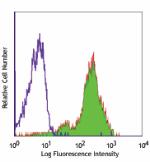
Human peripheral blood lymphocytes stained with purified KPL... 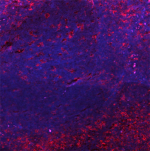
Human paraffin-embedded tonsil tissue slices were prepared w... -
PE anti-human CD162

Human peripheral blood lymphocytes stained with KPL-1 PE -
Brilliant Violet 421™ anti-human CD162
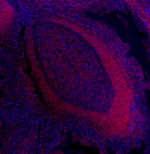
Human paraffin-embedded tonsil tissue slices were prepared w... 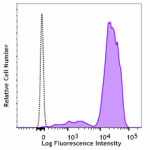
Human peripheral blood lymphocytes was stained with CD162 (c... -
APC anti-human CD162

Human peripheral lymphocytes were stained with CD3 PE/Cyanin... -
APC/Fire™ 750 anti-human CD162

Human peripheral lymphocytes were stained with CD3 PE and CD... -
Alexa Fluor® 647 anti-human CD162

Human peripheral blood was stained with CD162 (clone KPL-1) ... 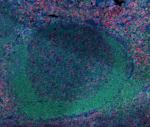
Human paraffin-embedded tonsil tissue slices were prepared w... -
PE/Cyanine7 anti-human CD162

Human peripheral blood lymphocytes were stained with CD3 APC... -
PerCP/Cyanine5.5 anti-human CD162

Human peripheral blood lymphocytes were stained with CD3 APC... -
PE/Dazzle™ 594 anti-human CD162

Human peripheral blood lymphocytes were stained with CD3 APC... -
TotalSeq™-A0871 anti-human CD162
-
TotalSeq™-B0871 anti-human CD162 Antibody
-
TotalSeq™-C0871 anti-human CD162

 Login / Register
Login / Register 










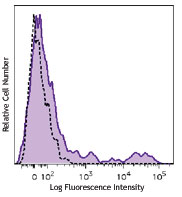
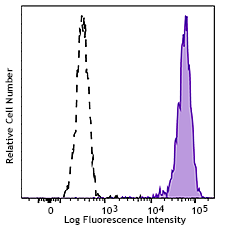
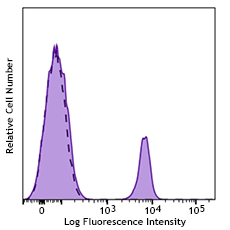
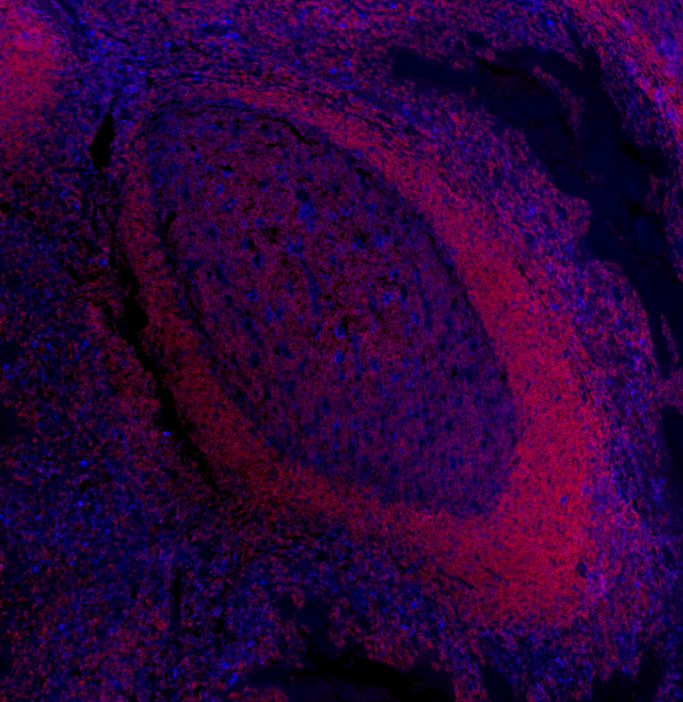



Follow Us